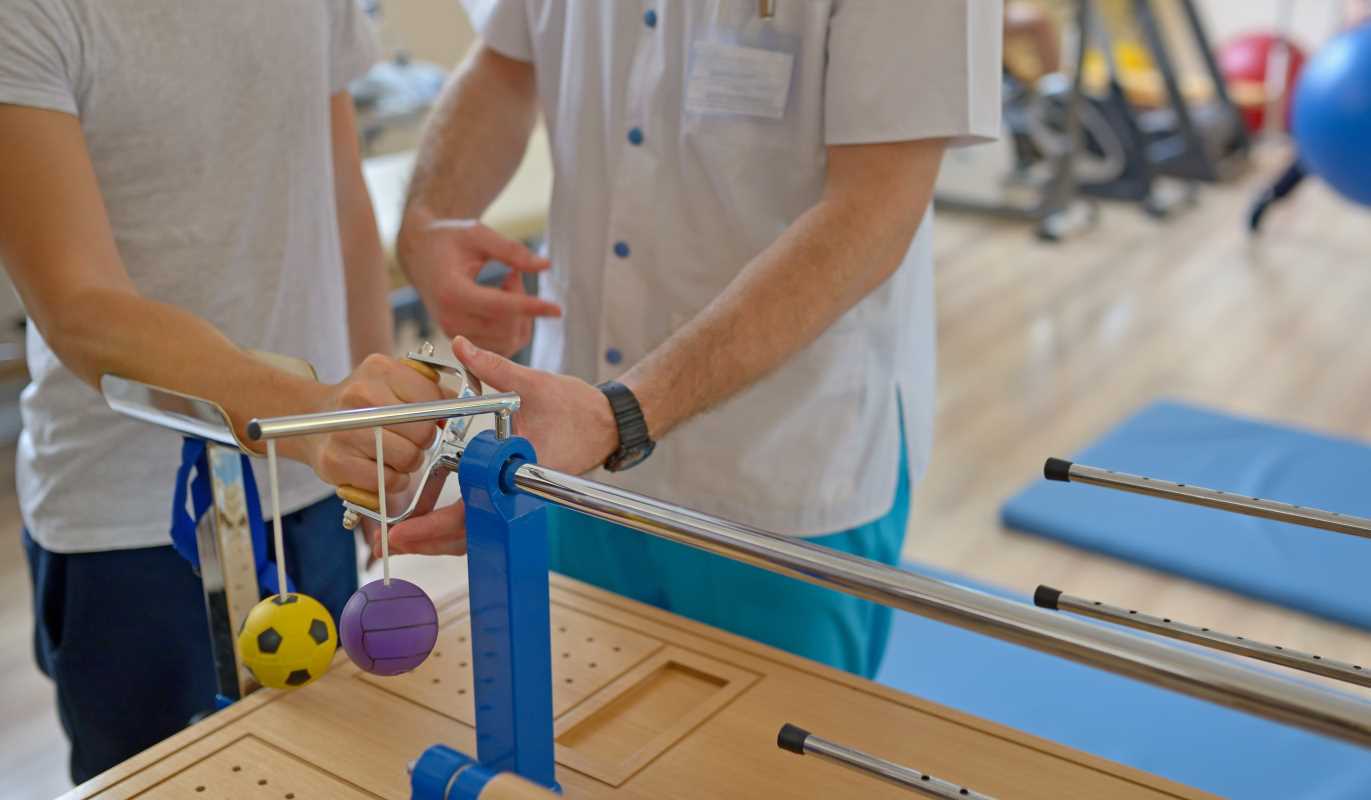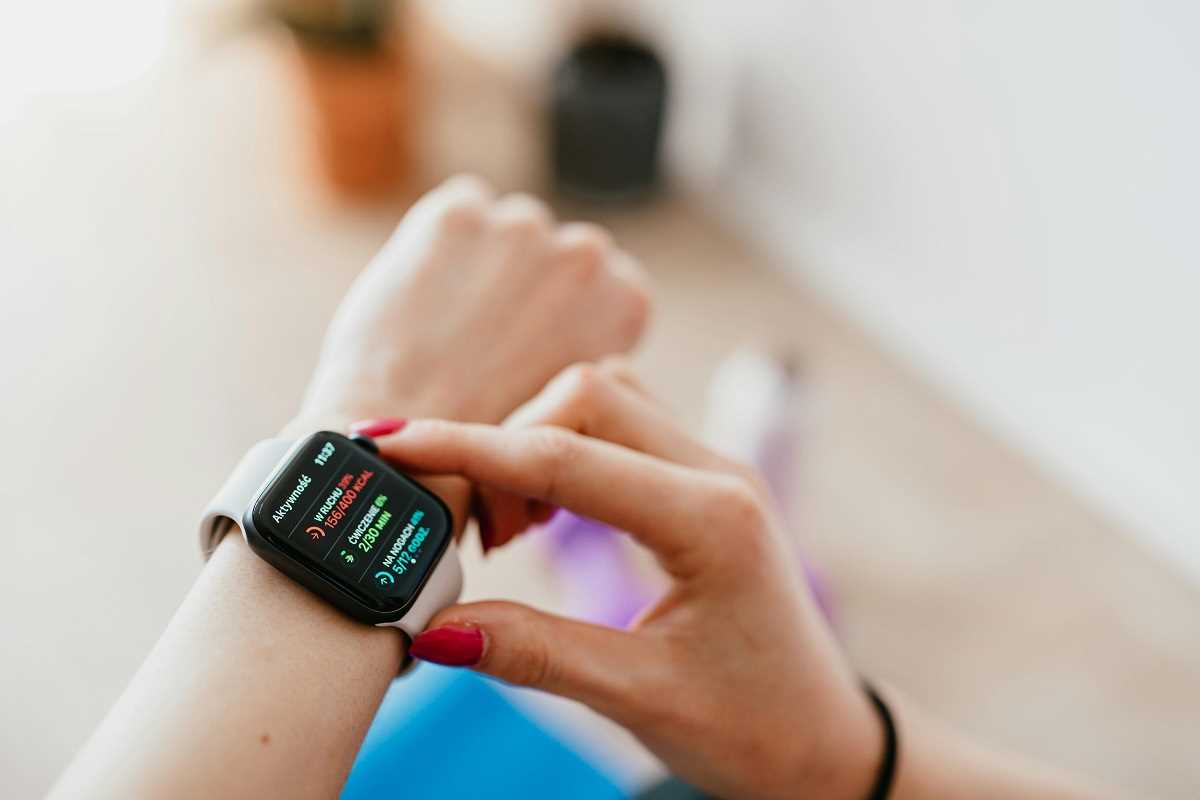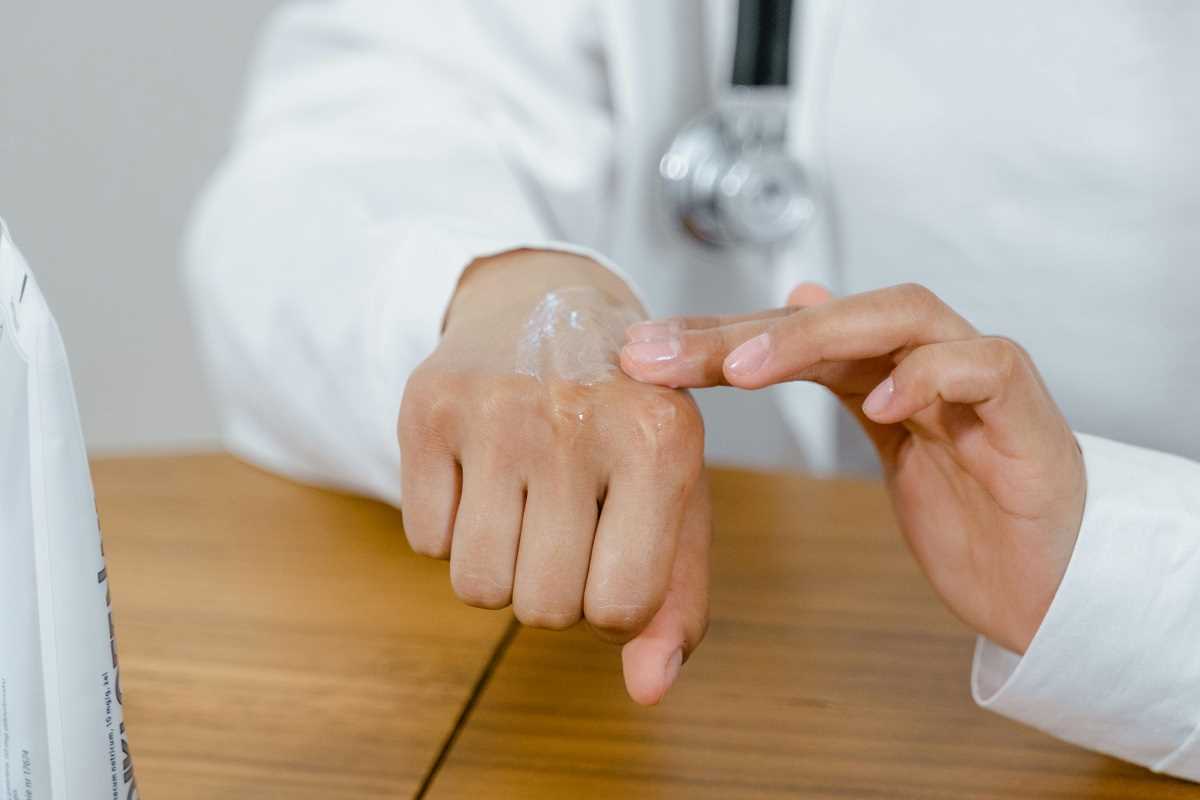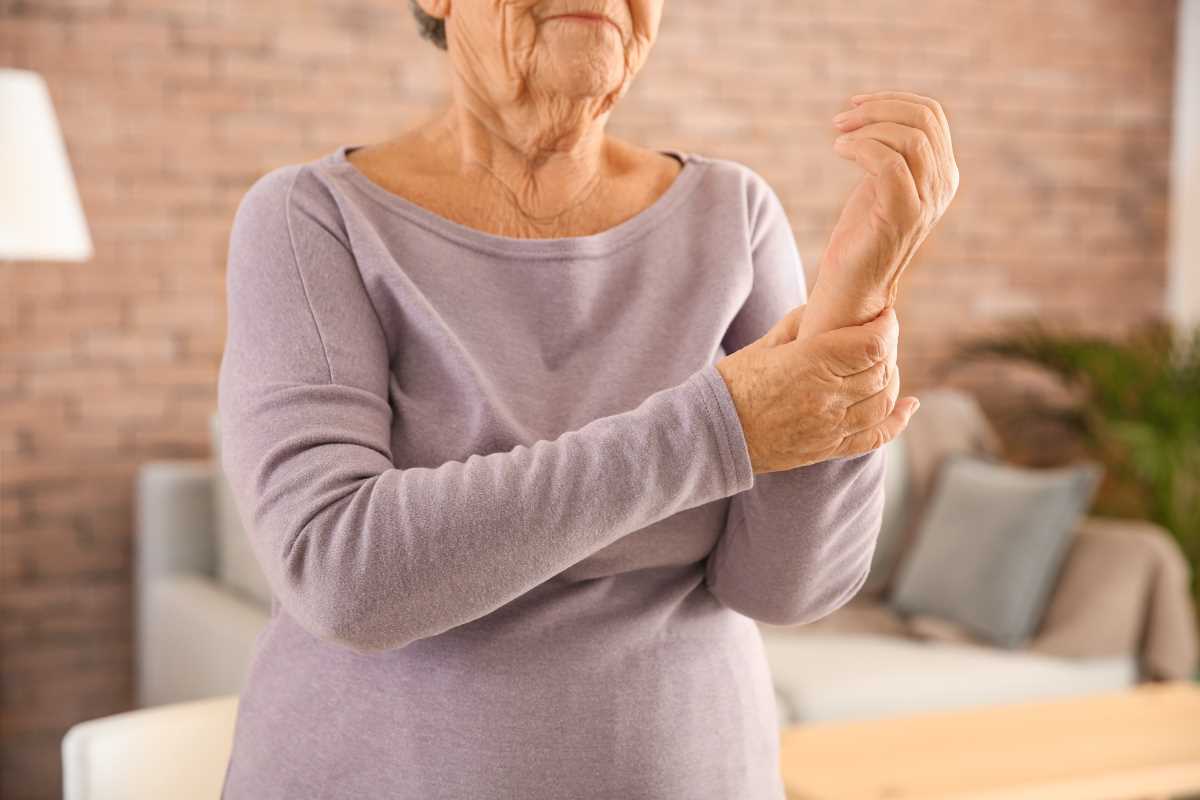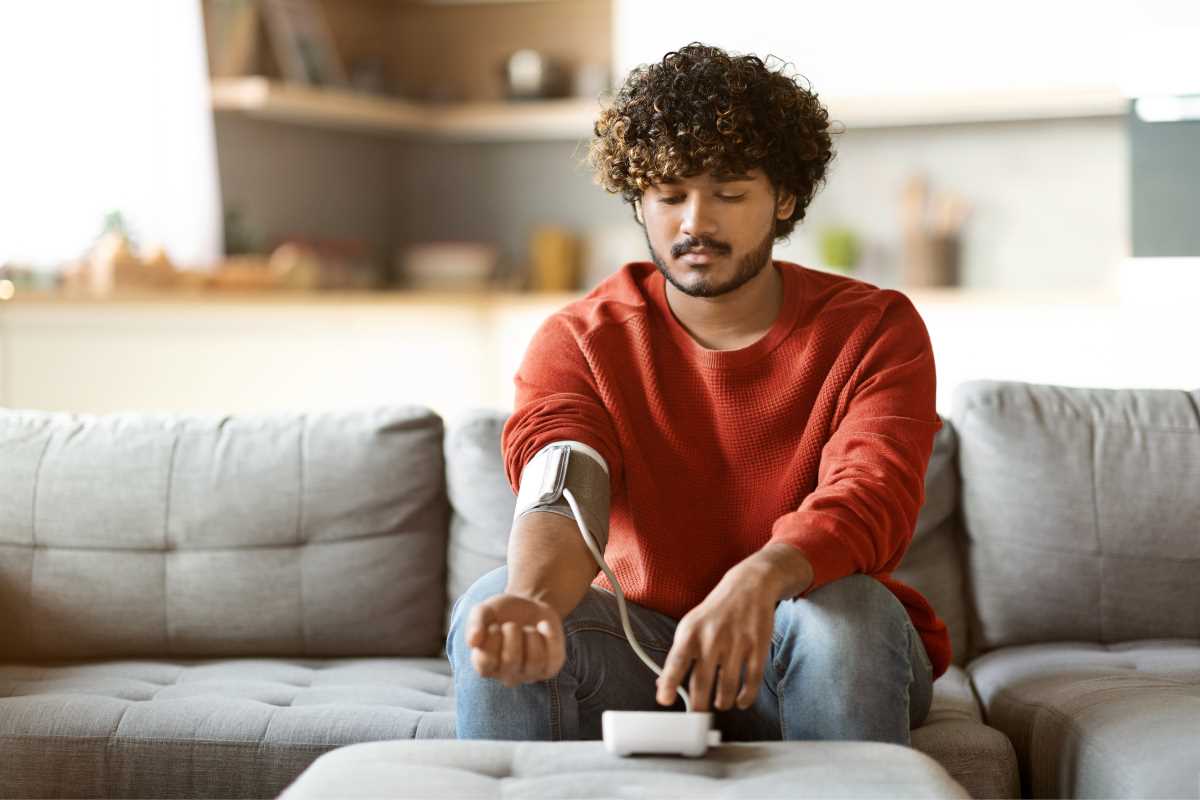A stroke can profoundly impact a person’s life, affecting their ability to move, think, and perform daily tasks. The aftermath of a stroke presents physical, cognitive, and emotional challenges that may feel overwhelming for both the survivor and their loved ones. However, occupational therapy is a valuable tool in the recovery process, offering strategies and support to rebuild independence and improve quality of life.
The Role of Occupational Therapy in Post-Stroke Recovery
Occupational therapy focuses on helping individuals regain the skills needed for daily activities, or "occupations," such as dressing, bathing, cooking, working, and socializing. After a stroke, these everyday tasks may become difficult due to physical limitations, memory loss, or issues with problem-solving and decision-making.
Occupational therapists (OTs) are trained professionals who assess each stroke survivor’s unique needs and develop personalized therapy plans. They work closely with patients to restore function, adapt to challenges, and rebuild confidence, all while promoting a sense of independence.
Specific Techniques Used in Occupational Therapy
Occupational therapists use a wide variety of techniques and exercises to address the complex effects of a stroke. Some of the most commonly used methods include:
1. Motor Skill Retraining
Strokes often cause weakness or paralysis on one side of the body, limiting movement and coordination. OTs guide patients through specific exercises to strengthen muscles, improve range of motion, and enhance fine motor skills.
For example:
- Hand Therapy involves practicing hand movements to improve grip strength, dexterity, and coordination.
- Repetitive Practice Tasks, such as stacking blocks or threading beads, help retrain motor functions in affected limbs.
2. Cognitive Rehabilitation
Cognitive impairments after a stroke can make it difficult to concentrate, remember information, or process instructions. Occupational therapy addresses these challenges through exercises that stimulate brain activity and improve thinking skills.
Examples include:
- Memory Training using games or apps to strengthen recall abilities.
- Problem-Solving Tasks that teach patients strategies to overcome real-life obstacles.
- Attention-Enhancing Activities, like sorting objects by color or category, to improve focus.
3. Relearning Daily Living Activities
One of the key goals of occupational therapy is to help stroke survivors regain independence in performing essential daily activities. OTs often break down tasks into smaller, manageable steps to make it easier for patients to relearn them.
For instance:
- Practicing how to get dressed one-handed if one side of the body is affected.
- Learning adaptive techniques for eating, such as using special utensils or plates.
- Teaching safe transfers from a bed to a wheelchair or shower.
4. Functional Electrical Stimulation (FES)
This method uses low electrical currents to stimulate weakened muscles, improving mobility and coordination. FES can be particularly helpful for patients who struggle with muscle activation after a stroke.
5. Mirror Therapy
Mirror therapy involves using a mirror to reflect the movement of the unaffected limb. This creates the illusion that both limbs are moving, which can help rewire the brain and recover motor function in the affected limb.
6. Home Modifications
Occupational therapists also assist in creating a safer living environment for stroke survivors. By recommending home modifications, such as grab bars, ramps, or non-slip mats, OTs can reduce the risk of falls and prevent injuries.
The Benefits of Personalized Therapy Plans
No two stroke survivors are the same, and stroke recovery is not a one-size-fits-all process. One of the greatest advantages of occupational therapy is its individualized approach. Therapists assess each patient’s physical abilities, cognitive function, and personal goals to create a plan tailored to their specific needs.
Addressing Emotional Well-being
Beyond physical recovery, occupational therapy helps patients emotionally adjust to life after a stroke. OTs often work alongside psychologists or counselors to provide emotional support, build self-esteem, and help patients cope with frustrations or setbacks.
Integrating Loved Ones into the Process
Occupational therapists often involve caregivers and families in the therapy process, teaching them how to support the survivor’s progress and adapt to new routines. This collaborative approach ensures a stronger support system at home.
Why Consider Occupational Therapy?
Recovery after a stroke can be a long and challenging road, but occupational therapy provides practical tools and strategies to make the process more manageable. The benefits include:
- Improved Independence: Regaining the ability to perform daily tasks fosters a sense of autonomy and boosts confidence.
- Enhanced Mobility and Coordination: Physical exercises and techniques help restore movement and reduce reliance on assistance.
- Better Quality of Life: By addressing both physical and emotional challenges, occupational therapy helps patients reintegrate into their communities and enjoy a fulfilling life.
Encouraging a Positive Recovery Journey
For stroke survivors and their families, it’s essential to stay patient and optimistic throughout recovery. While progress may take time, occupational therapy can play a vital role in helping individuals regain their independence and adapt to their new circumstances.
If you or a loved one is navigating life after a stroke, consider consulting an occupational therapist to develop a recovery plan that supports your unique needs and goals. With the right strategies and support, stroke survivors can look forward to a future filled with purpose, progress, and renewed hope.
